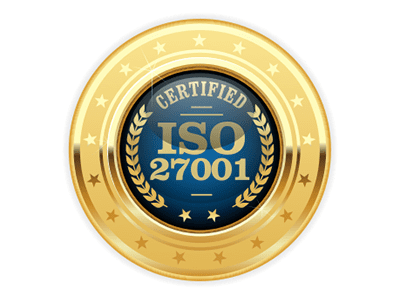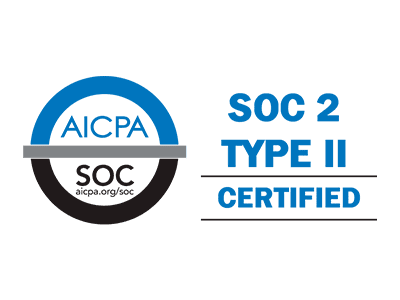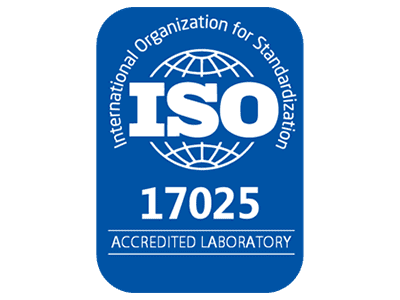Navigating Quality Engineering: In-House vs. Outsourced Quality Engineering
Understanding Core Competencies
Before reading any further, answer these questions…
- What are your organization’s core competencies?
- QA/QE, what is the outcome I want from this practice in the organization?
- What are the roadblocks to achieving #2 today?
Introduction to Quality Assurance and Engineering
The Growing Importance of QA
Comparative Analysis: In-house vs. Outsourced QA Testing
- Collaboration: In-house teams or co-located teams offer equal collaboration over the QA/QE process and enable seamless collaboration with development teams.
- Specialized Knowledge: Internal teams can possess deep domain knowledge of the product and company culture, leading to more targeted testing, but a veteran QA/QE specialist may bring insights, accelerators and frameworks that in-house teams may take months or even years to build.
- Long-Term Capability: Building an in-house QA team can become a long-term capability but maintaining and managing the QA/QE function in terms of talent, career paths, hiring and retention can become a burden. Outsourced QA teams may build the same capabilities, faster.
- Real-Time Response: In-house or outsourced teams can address issues promptly, ensuring rapid problem resolution. This must be built into the SLAs of the teams and the KPI/KPA (in-house) or contract for (outsourced) teams.
- Higher Costs: Maintaining an in-house QA team can be expensive due to salaries, benefits, and infrastructure.
- Limited Scalability: Scaling an in-house team can be challenging, especially during peak periods, niche skillsets. Retention and attrition, hiring, team management are costs that need to be incurred. Outsourcing can offer cost savings by eliminating overhead expenses.
- Potential for Internal Bias: In-house teams may be less objective in their testing, potentially overlooking issues.
- Specialized Expertise: Outsourced providers often have access to a pool of skilled QA professionals with diverse expertise. This is due to the fact that they do just QA/QE at scale.
- Objectivity: External testers can provide a fresh perspective and identify issues that may be overlooked by internal teams.
- Perceived Loss of Control: Outsourcing can sometimes lead to a perceived loss of control over the QA process.
Choosing the Right Approach
- Project Requirements: Consider the complexity, timeline, and specific needs of your project.
- Available Budget: Evaluate the cost implications of both approaches, including potential long-term savings.
- Current Expertise: Assess the availability of in-house QA expertise and the benefits of specialized external knowledge.
- Control and Collaboration: Determine how important control and close collaboration are to your project.
- Outcomes and Engagement Model: Determine the outcome and engagement model which is a win – win for all stakeholders.
Exploring A Hybrid Approach
About the Author
Partner & Senior Vice President covering North America region across Banking, Insurance, Capital Markets, Financial Services, Retail, Consumer, Tech & Digital industry practices.
At QualityKiosk, he leads the strategic planning, new market & customer acquisition function and drives strategic initiatives to move the organization into the next orbit of growth. Gauraav specializes in building marketing and sales teams through strategic interventions in areas of people, process, and technology as he believes technology is an enabler to bridge the gap between brands and consumers.
Before consulting, Gauraav has worked in Marketing, Sales and Consulting roles across CSC, Position2 Inc. and Exilant Technologies.
Focus topics: Digitalization, Digital Transformation, Breakthrough Growth Strategy (organic and inorganic), Go-to-Market Strategy, Marketing & Sales Strategy.
Market experience: USA, UK, Singapore, India, Sri Lanka, Malaysia, Hong Kong, Vietnam, Indonesia, Philippines, Middle East.





